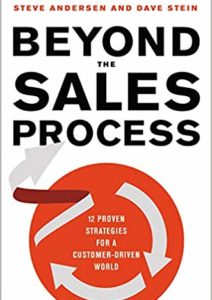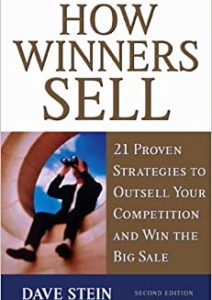Like Bill Murray in the now-iconic movie Groundhog Day, far too many executives fall short in their attempts to hire a sales VP who can get the job done, so they find themselves repeating the process again and again, without ever truly realizing why they continue to fail. I’ve spoken to enough CEOs to understand where the hiring process goes wrong, so I’ve created a typical timeline for the newly-hired sales VP who isn’t going to work out long-term.
Countdown to Calamity
Months 1-3: On-boarding. The new VP learns about the company, products and services, salespeople, marketing colleagues, customers, and competitors. He or she asks a lot of questions, and generates excitement and hope.
Months 4-6: At substantial cost to the company, the VP makes changes in approach, terminology, territories, business partners, marketing materials, and routines (sales meetings, forecast calls, etc.). Sometimes, the VP brings in salespeople they have worked with at other companies.
Months 7-9: Little to no performance improvement is realized. The VP says that new mechanisms haven’t “gained traction,” or that new reps “are still adjusting.” The VP suggests that changes in the market/economy/environment are impacting outcomes, and assures the executive team that a little more time will do the trick.
Months 10-12: A random success! The heat is off for the moment, until the CEO realizes that “one big win does not a trend make.” (Dave Hathaway, a now-retired partner from the prestigious venture capital firm Venrock Associates once said that to me, when I was an inexperienced VP of sales bragging about a big deal we had just won.)
Month 13: A consultant, board member or some other expert is brought in to assess the situation. Multiple meetings, reports, and discussions ensue.
Months 14-16: The VP and CEO see the inevitable end in sight, but keep it to themselves, hoping desperately that the situation will magically improve.
Months 17-20: CEO covertly searches for a new VP. The VP covertly taps into his/her professional network while updating their resume or preparing a new online profile, putting the appropriate spin on this latest position.
Month 21 (or New Month 1): The new VP of sales arrives. On-boarding begins. Groundhog Day again!
Why Does It Happen?
Who is responsible for this all-too-frequent scenario? The executives who continue to hire the wrong people for the job.
What are the most common reasons? Relying on recommendations from colleagues, re-hiring people they’ve worked with in the past (even when conditions are completely different), or depending on instinct and their “gut,” instead of a formal, objective hiring process.
Another common and easily avoidable mistake is promoting a sales rep into the VP position. The skills, traits, and behaviors of a successful sales VP are, by definition, different that those of a successful salesperson. Granted, most sales VPs who succeed have a background in sales, but promoting a successful salesperson into a management role won’t work unless that person has the skills and traits required for that job.
Generally speaking, sales leader skills include: management, team building, conflict resolution, strategic planning, coaching, hiring, and motivating. Additional skills are required for each unique sales leadership position. Plus, there are traits (distinguishing characteristics) required, many of which even top-performing sales reps don’t possess. Decisiveness and leadership are a couple of examples.
Don’t Just Let It Happen
If you’re about to hire a sales VP, director, or sales manager (or on the verge of promoting a rep into one of those positions) and you don’t have a formal hiring process that includes a profile specifying the skills and traits required for success in that role, STOP. Unless you take a good hard look at what it takes to sell your products to your customers against your competitors, your chance of succeeding is about 50 percent. And, then you’ll just have to wake up tomorrow and do it all over again.













